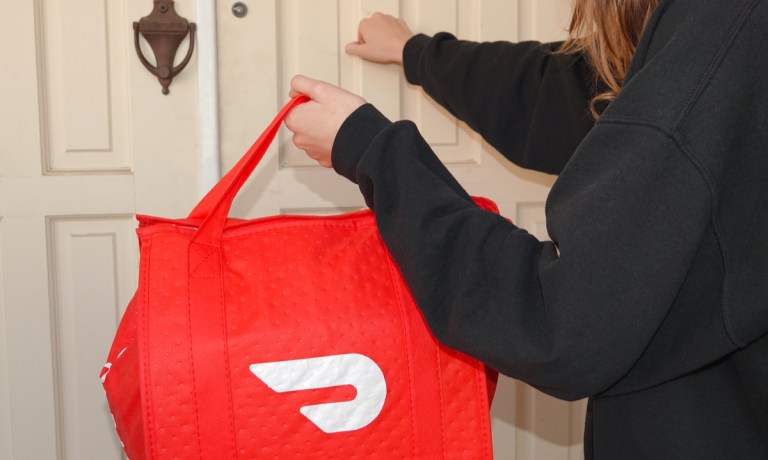DoorDash-Staples Deal Highlights Potential of Non-Food Vertical to Drive Fast-Delivery Revenue

It’s been a tough year for the competitive ultrafast grocery delivery market, with more and more high-profile exits, mass layoffs and consolidation moves emerging as industry players try to combat ongoing inflationary pressures.
Just last month, Turkish instant delivery giant Getir announced it was exiting three European markets — Italy, Portugal and Spain — to focus on profitability.
In April, Australian 10-minute grocery delivery service MilkRun shut down after it was unable to raise sufficient capital to keep operating, while the rapid delivery arm of Australia DoorDash’s DashMart closed in that country just four months after launch.
To drive more revenue and gain share from competitors in the crowded space, a number of aggregators have been diversifying and expanding into non-food verticals, and capitalizing on key events is one way they’re doing it.
Take for example, the lucrative back-to-school (BTS) season, which according to PYMNTS is expected to generate $41.5 billion this year, surpassing the $37.1 billion record set in 2021 and the $36.9 billion in 2022.
On Monday (Aug. 7), DoorDash, the leading aggregator in the U.S., announced that it had teamed up with Staples to capture that spend, providing same-day deliveries on back-to-school and workplace essential items, ranging from pencils, scissors and binders to lunch boxes, notebooks and printers.
“Nearly 1,000 Staples U.S. locations are now available on the DoorDash marketplace offering consumers easy access to all they need for a successful school year,” the aggregator said in a news release, noting that goods can be delivered in under an hour, on average.
The move was hinted by DoorDash co-founder, Chairman and CEO Tony Xu in a call earlier this month discussing the aggregator’s latest financial results, during which DoorDash’s strategy to start in the high-frequency restaurant delivery sector and build out to other, more specialized categories was put on full display.
“Subscription programs that are really successful are those that get used the most often. … The category that we started in [restaurant delivery] is the largest and most frequent … from [how] people think about spending their discretionary income to [what] they do physically to survive,” Xu told analysts. “[With] all of the different types of categories of retail that we participate [in], we’re going to have to keep … investing more into things that will continue to drive the usage of our subscription program.”
Uber Eats made a similar move during the half-term holidays in February 2021, by partnering with U.K. toymaker Hasbro to launch the platform’s first non-food standalone store at the time when parents were eager to find new ways to keep their children entertained in lockdown. The service, which was available for about a month, offered a selection of toys for delivery to doors across the U.K. contact-free within 30 minutes of placing the order.
Since then, Uber Eats has continued to invest heavily in expanding its non-food selection, and last year, the company launched its second-year “Uber Don’t Eats” campaign during the Super Bowl to enable customers nationwide to order “anything they need for their Sunday celebrations.”
Through an exclusive deal with Gwyneth Paltrow’s wellness and lifestyle brand, Goop, Uber Eats also offered fans the ability to purchase her well-known candles and other GOOPGLOW products on-demand in New York City and Los Angeles during the event.
“And it’s not lost on us that Valentine’s Day follows football’s big night. To celebrate, we are also launching a Valentine’s Day hub in the app. Customers will be able to get up to $20 off V-Day Eats and Don’t Eats like flowers, chocolates, candles, bath bombs and more,” Uber Eats added in a statement.